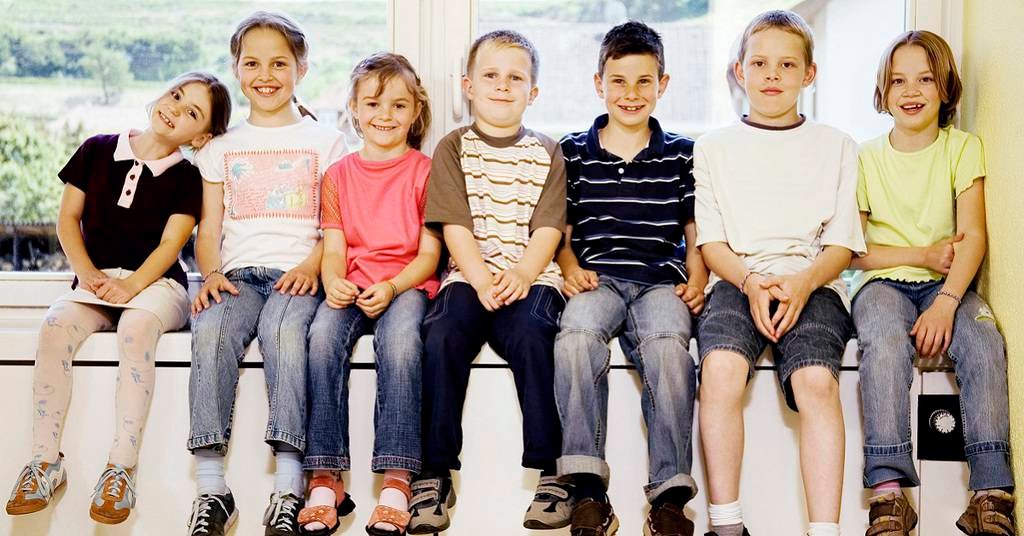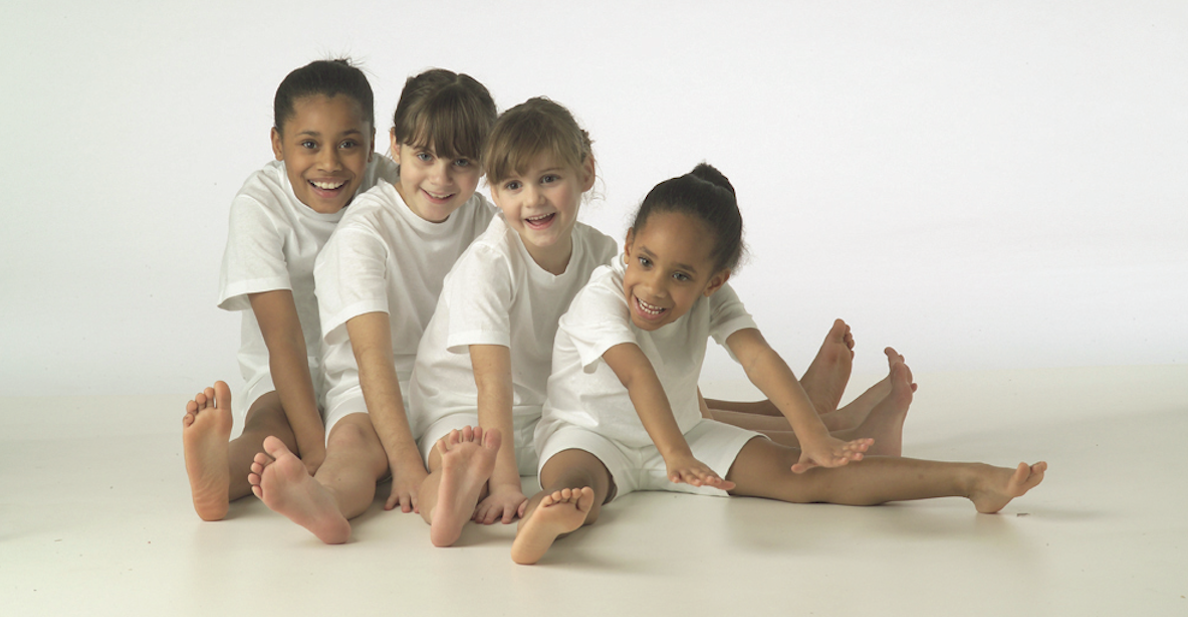What do you do if you come home and find your kids playing soccer/football in the house? Well, I came home and my girls were playing football in the house with a (don’t laugh) bag of onions. The skins were EVERYWHERE! My kids are not toddlers, of which I could almost expect that sort of game – they’re teens! They just thought it would be fun and knew the repercussions would not be too great. They were right.
The experience became a YogaKids moment — a Laughing Language opportunity. After the mess was cleaned up, we chatted about different types of kicking games. We talked about the success of the teams and their form of practice and how football has evolved to what it is today. We discussed the designing of the ball, how heavy the balls are, and why they have panels on them. We even discussed what forces are at work when the ball is propelling through the air or rolling on the pitch. Later, we looked up some follow up information online so we could learn more about the game.
I enjoy bringing the Laughing Language to my home. I’m a goofball, and it allows my kids to let their guard down and be kids or “de-mature.” It keeps things the atmosphere light an open — while also letting them know that the lines of communication are open for serious discussions too. There are some pretty heavy duty subjects that come up in young people’s lives and I wouldn’t trade those difficult talks for anything. I also wouldn’t trade the funny or the strangest things we talk about like odd laws, ridiculous music lyrics and the worst jokes ever.
Laughing Language also makes it easy to compare and contrast between other households and cultures to ensure your kids are well rounded and rooted with the morals and values you hope to ingrain.My kids and I discuss different education systems, forms of government, and talk about different rules that people find important.As parents and as advocates of YogaKids principles, it is invaluable to remember that Laughing Language can be used both lightly and seriously and that it’s easy to incorporate into your everyday life. It is not simply having fun with language. It’s bringing diversity into your class or home using language or interpretation as the delivery vehicle.





